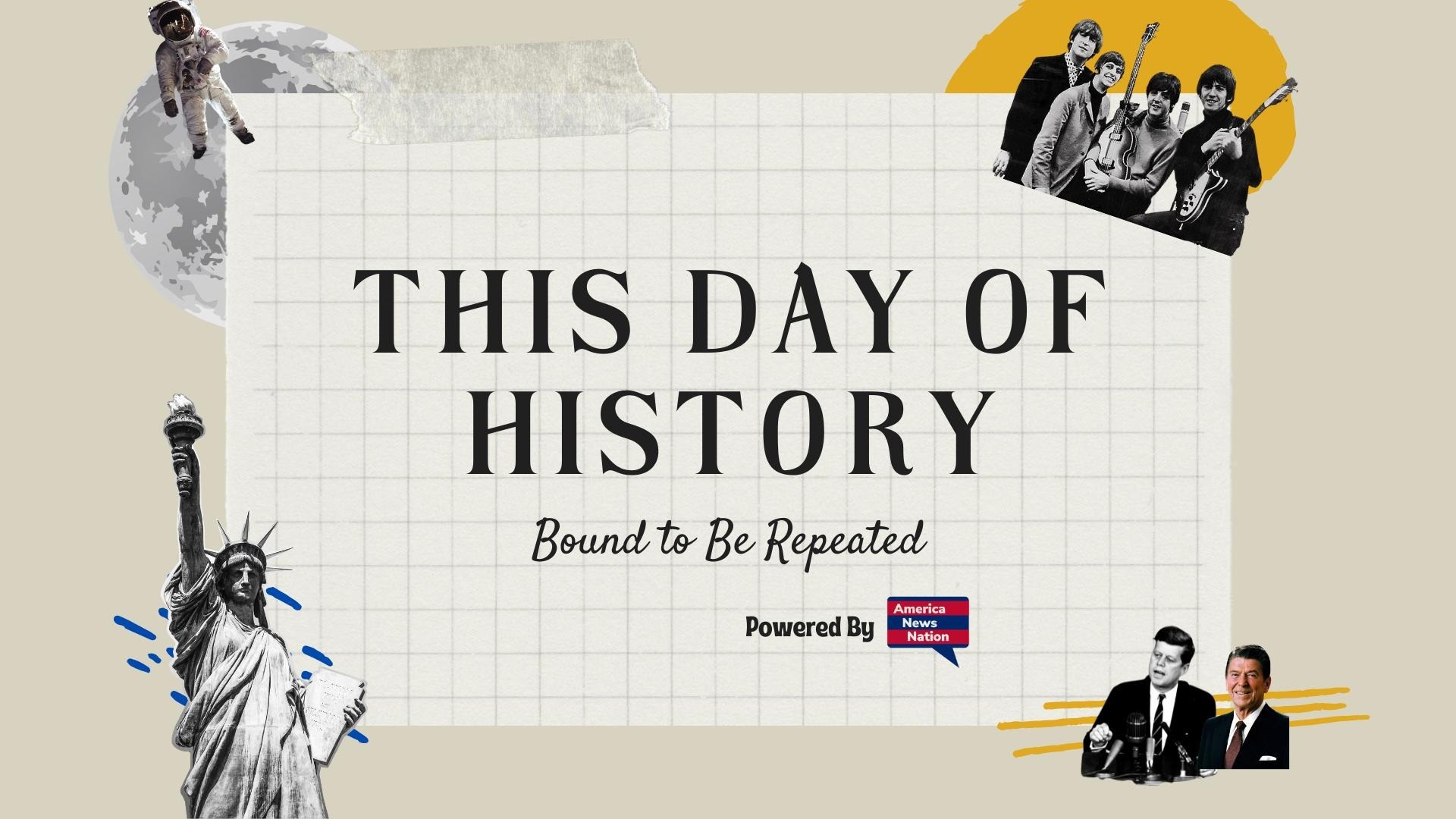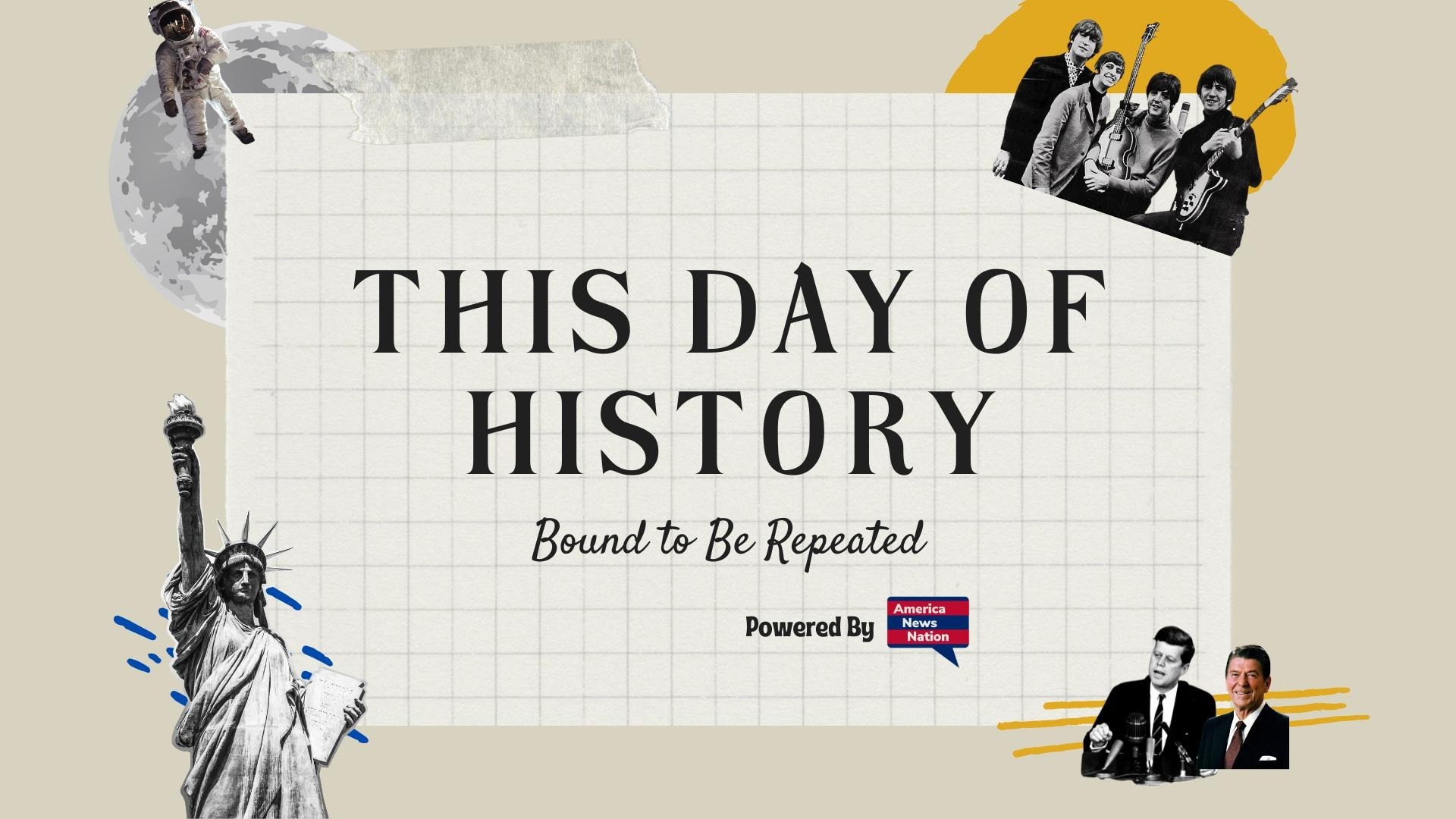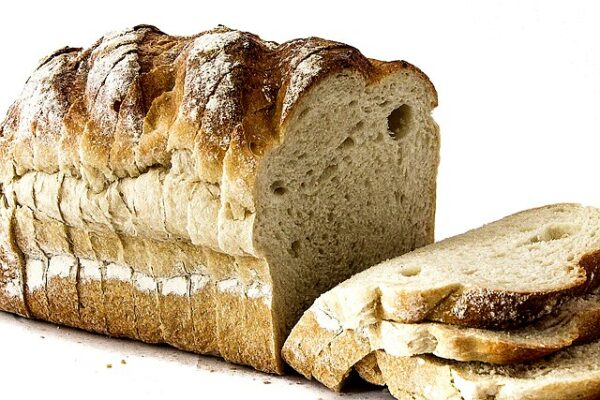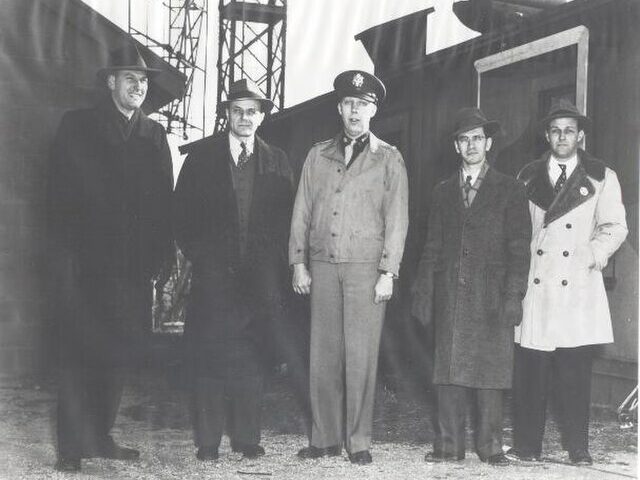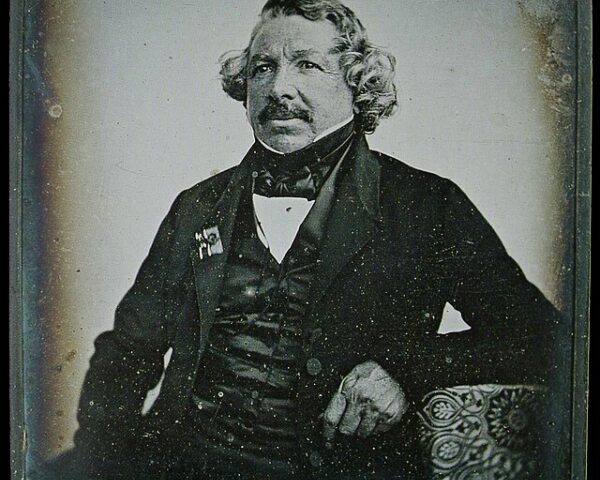On a quiet Saturday morning in Chillicothe, Missouri, July 7, 1928, a local bakery began selling loaves of bread that looked radically different from anything customers had seen before. Instead of the typical unsliced loaves wrapped in wax paper or cloth, these loaves were neatly sliced—uniformly, cleanly, and automatically. It was a revolutionary moment in American consumer culture, born from one man’s mechanical imagination. That man was Otto Frederick Rohwedder, and that day marked both his 48th birthday and the beginning of sliced bread’s commercial life.
Rohwedder, an Iowa-born jeweler turned inventor, had been working for years to perfect a machine that could slice and package loaves of bread quickly and hygienically. Bakers were skeptical: they feared pre-sliced bread would go stale too fast and that consumers wouldn’t trust bread they hadn’t cut themselves. Despite these doubts, Rohwedder pressed on. He had first built a prototype in the late 1910s, but a fire destroyed it—along with his blueprints. Undeterred, he spent the next decade refining the design, eventually creating a machine that not only sliced bread but wrapped it in wax paper to preserve freshness.
The first commercial test of this machine took place in the modest Chillicothe Baking Company, run by baker Frank Bench. Bench agreed to try out the slicer in his shop on South First Street. The reaction was immediate and enthusiastic. Customers marveled at the uniformity of the slices, the convenience of not needing to cut the bread themselves, and the machine’s ability to keep the loaves fresh. Within days, sales soared. “Sliced Kleen Maid Bread,” the product’s brand name, became a local sensation.
What seemed like a local novelty soon proved to be a national innovation. Larger bakeries and bread companies took notice. Within five years, sliced bread machines were being installed in bakeries across the country. By 1933, five years after its debut, American bakeries reported that more than 80 percent of the bread sold nationwide was pre-sliced. The phrase “the greatest thing since sliced bread” would later emerge in the 1950s as a way to express admiration for any new invention—an ironic but sincere tribute to the humble innovation that had so thoroughly reshaped daily life.
Sliced bread’s popularity dovetailed with broader shifts in American society. As households became busier and women—who traditionally bore the burden of food preparation—entered the workforce in greater numbers, convenience foods surged in popularity. The uniform slices made it easier to prepare sandwiches, toast, and other meals. Manufacturers of toasters even began designing their products to accommodate the new, evenly cut loaves. In short, the invention of sliced bread didn’t just change how bread was sold—it changed how Americans ate.
Otto Rohwedder never became a household name, but his contribution was quietly transformative. His invention demonstrated how a small technological advance—something as simple as pre-slicing a loaf—could ripple outward to affect industry, culture, and even language. After selling the rights to his machine to the Micro-Westco Company, which later merged with bakery equipment giant Micro-Scientific, Rohwedder served as an executive and consultant, watching as his machine helped shape the modern American kitchen.
Chillicothe, Missouri, has embraced its claim to fame. The town proudly commemorates its role in culinary history with plaques, museum exhibits, and a replica of Rohwedder’s bread slicer. What was once a small bakery on a quiet street is now a landmark celebrating one of the most iconic inventions in American food history.
